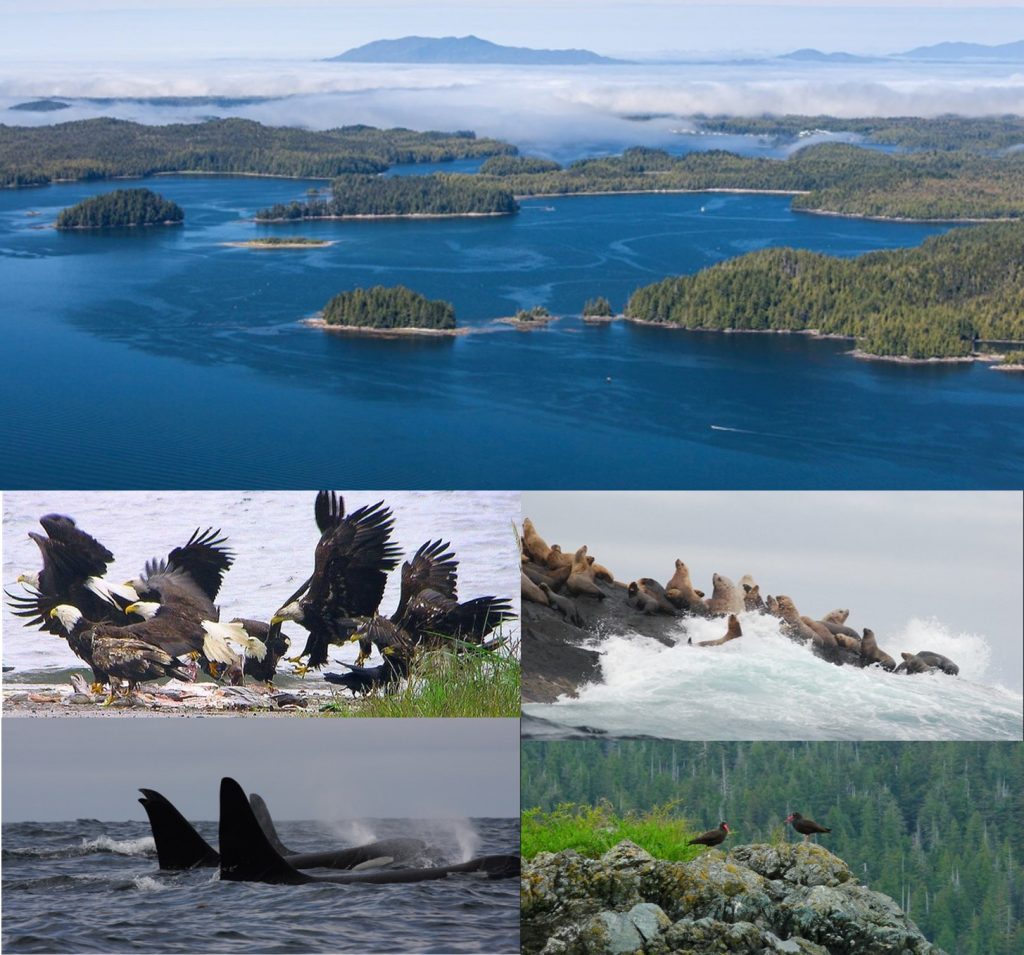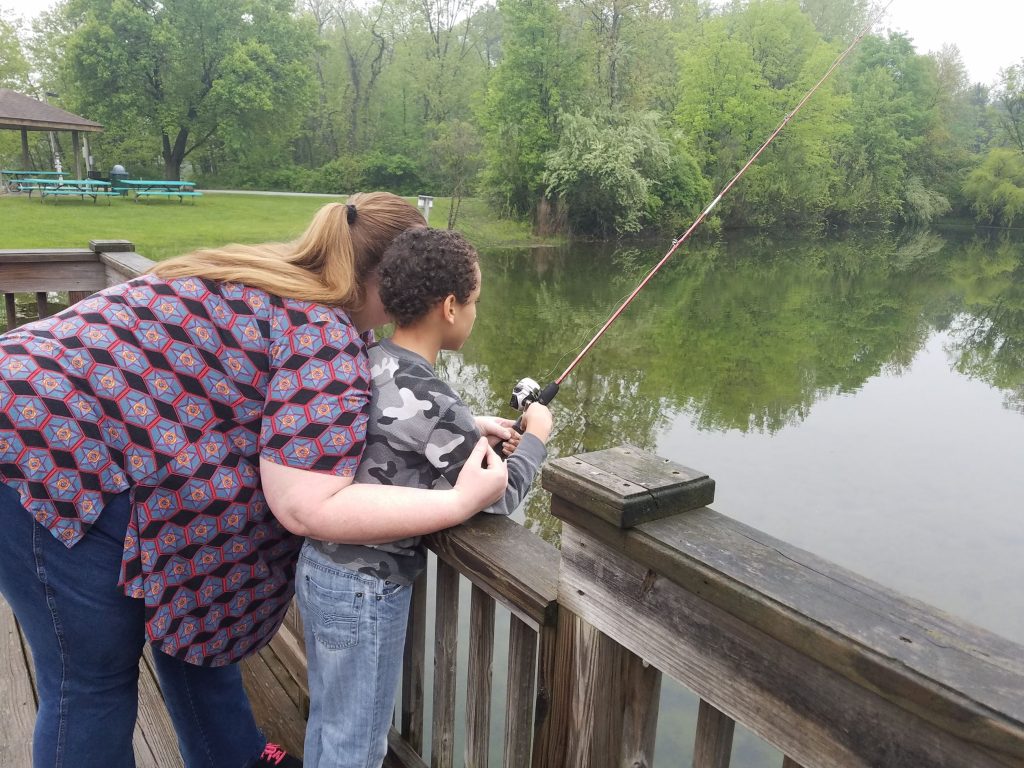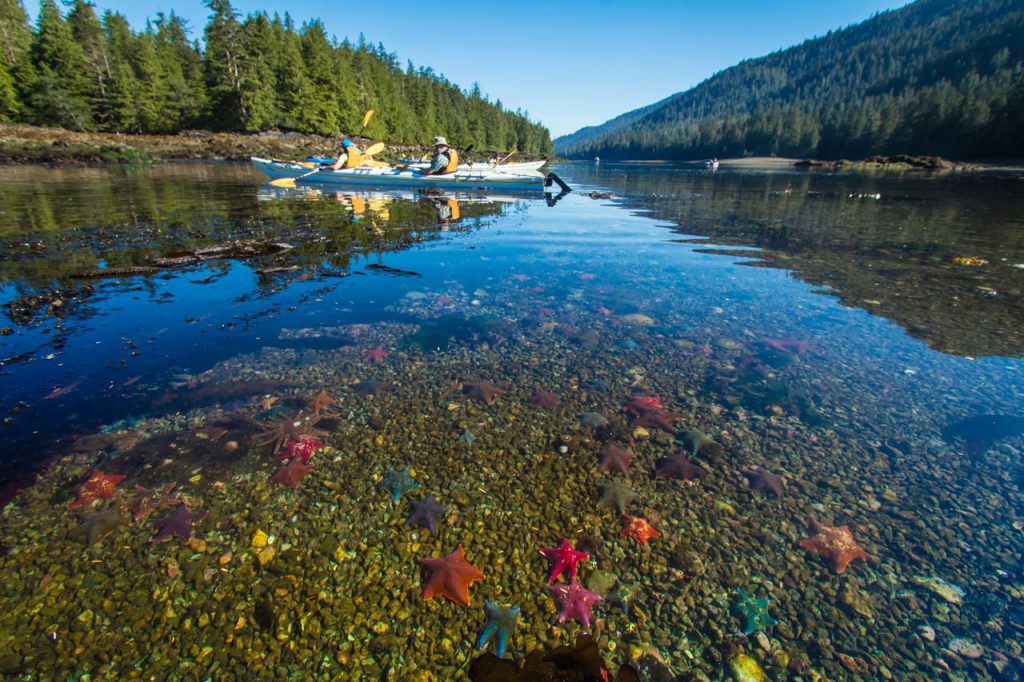A National Geographic Must-See – Canada’s Haida Gwaii

Labyrinthine coves snuggle up to dense forests with towering cedars on 180-mile-long archipelago, Haida Gwaii, off the coast of British Columbia, Canada. Off the beaten path, here you can dig up enough razor clams on Graham Island’s North Beach for a good meal of chowder in minutes. Quiet and serene, you can hear water ripple in rivers and streams, songbirds in the forests and eagles soaring high.
“I worry about kids today not having time to build a tree house or ride a bike or go fishing. I worry that life is getting faster and faster.”
John Lasseter

Our fast lives as exemplified by our always-on mobile phones, is the focus of research by Georgetown University Assistant Professor Kostadin Kushlev. His bold conclusion is – smartphone distractions can cause greater inattention and hyperactivity, reduce enjoyment when in the company of people, erode trust between people as smartphones become purveyors of information, and harm parent-child connections, as smartphone distractions eat into quality time.
Harvard Medical School clinical psychologist Catherine Steiner-Adair describes the negative impact on parent-child connections: “Kids thrive in the context of really good relationships with their parents, and never before has technology challenged that relationship and that direct in-vivo connection as much as it does today.”
Dr. Sherry Turkle, author of “Reclaiming Conversation: The Power of Talk in a Digital Age,” finds that as parents themselves stay tethered to their devices, they aren’t able to teach children the importance of experiencing solitude and boredom. “Children need to be bored sometimes because boredom is their imagination calling them to turn inside,” Turkle says.
Just being aware that a new message has popped up on your smartphone undermines your concentration and performance, according to a 2015 study in the “Journal of Experimental Psychology” titled, “Human Perception and Performance.”
Haida Gwaii’s Memorable Fishing
Haida Gwaii is unparalleled for unforgettable fishing:
- The longest and largest renewable salmon run in the world
- “Transitory Salmon” go through a feeding frenzy in the calm and protected waters
- Trophy Chinook “King” Salmon all season long with zero downtime and Halibut, Ling Cod and Rockfish
- Higher catch limits
- A longer fishing season from June to September
- No crowds
Planning Tips
Where to Stay and Fish: Queen Charlotte Safaris Lodge
Queen Charlotte Safaris Lodge’s fishing adventure is nothing like you’ve experienced before. With unparalleled access to the longest and largest renewable Trophy Chinook “King” Salmon run in the world, which go through a feeding frenzy in the calm and protected waters by Queen Charlotte Safaris Lodge, there is no place like Queen Charlotte Safaris Lodge. You can also fish for Halibut, Ling Cod and Rockfish. And, there are no crowds. After a day of rewarding fishing, you will enjoy the camaraderie of other passionate catchers and swap stories as you nibble on hors d’oeuvres and dine on dishes prepared by a seasoned chef. After dinner, step outside onto the spacious deck and watch eagles soar as you breathe in the scenery of pristine Shingle Bay. Or, take a walk on the beach, play horseshoes or shuffleboard, or relax.
Danny Jackson, producer of Fox Sports West Television summed his experience up nicely: “At Fox Sports West Television, Queen Charlotte Safaris is by far our favorite destination. The majestic, breathtaking beauty of Haida Gwaii combined with the abundance of Chinook “King” Salmon and unparalleled bottom fishing strengthens our desire to return year after year. Professional, courteous staff and sumptuous, five star dining is always part of the Queen Charlotte Safaris experience. Be sure to pack your need to unwind.”
When to Go
June to September
More Things Not-to-Miss in Haida Gwaii

Gwaii Haanas National Park Reserve, National Marine Conservation Area Reserve, and Haida Heritage Site: Gwaii Haanas National Park Reserve, National Marine Conservation Area Reserve, and Haida Heritage Site is a wild place. With no road access, stores, cell phone coverage and little signage, it is a true wilderness and untouched ecological experience. Located on an archipelago of lush rainforest islands, it also offers aboriginal history stretching back 12 millennia. Massive moss-draped cedar and Sitka spruce tower above the Haida people’s ancient carved poles and fallen longhouses. Skies fill with bald eagles, bears scavenge salmon on wild beaches and the ocean teems with kelp forests, whales, dolphins, porpoises, harbour seals, and Steller sea lions. The hot pools at Gandll K’in Gwaay.yaay offer sweeping views. Kayak along shorelines teeming with sea stars, walk amid towering, century-old totem poles and soak up the moss-shrouded magic of 1,884 islands and islets. SGang Gwaay Llnagaay on Anthony Island is a UNESCO World Heritage Center. Remains of Haida houses, together with carved mortuary and memorial poles, illustrate the Haida people’s art and way of life. The site commemorates the living culture of the Haida people and their relationship to the land and sea, and offers a visual key to their oral traditions. Gwaii Haanas can only be reached by sea or by air.
Haida Heritage Centre and Haida Gwaii Museum at Kay Llnagaay: The Haida Heritage Centre and Haida Gwaii Museum preserve and celebrate the culture of the Haida people. You will see a canoe built in the ancient tradition of the Haida people, monumental poles and learn about the four types of Haida weaving. You will also find an outstanding collection of Haida historical objects, contemporary art, archives and natural history. The Center also offers tours, including sea tours in traditional canoes.
Getting There
Sandspit Airport located in the town of Sandspit, provides access to the remote archipelago. It is serviced by flights from Vancouver, Canada.